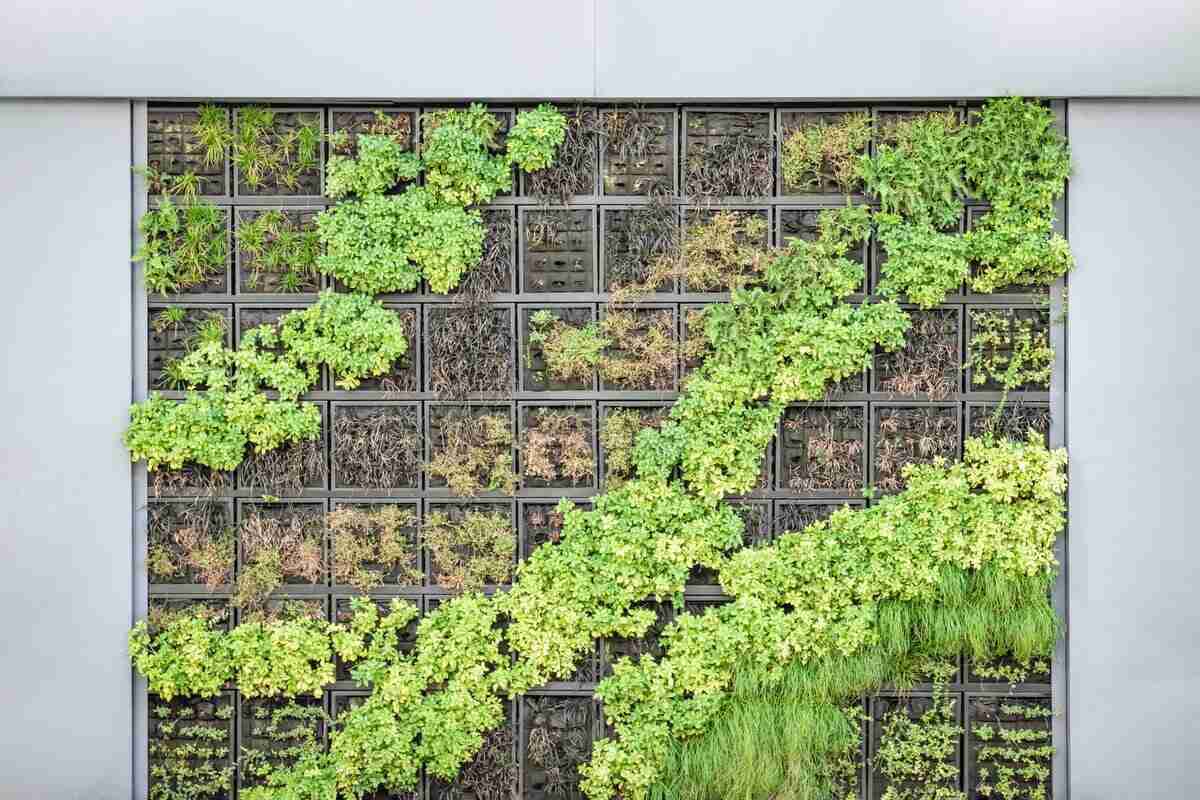

Articles
What Is A Vertical Garden
Modified: October 20, 2024
Learn all about vertical gardening and how it can transform your gardening experience. Discover the benefits, tips, and techniques for creating a stunning vertical garden.
(Many of the links in this article redirect to a specific reviewed product. Your purchase of these products through affiliate links helps to generate commission for Storables.com, at no extra cost. Learn more)
Introduction
Gardening is a popular hobby for many people, but limited space often poses a challenge. However, with the rise of vertical gardening, even those with a small area can indulge in their green thumb. Vertical gardening offers a creative and practical solution for maximizing space and transforming walls into vibrant living displays.
So, what exactly is a vertical garden? In simple terms, it is a technique of growing plants vertically, rather than horizontally, using structures such as trellises, walls, or containers. This innovative gardening method not only adds a touch of beauty to any space but also provides numerous benefits for both the environment and the gardener.
Vertical gardens offer a myriad of advantages that make them increasingly popular among gardening enthusiasts. One of the most significant benefits is space optimization. By utilizing wall spaces and vertical structures, individuals can grow a diverse range of plants without encroaching on limited ground area. This is particularly beneficial for those living in urban environments or apartments where outdoor space is scarce.
In addition to space-saving, vertical gardens also contribute to improved air quality by reducing pollution levels. Plants act as natural air filters, absorbing carbon dioxide and releasing oxygen into the atmosphere. The presence of a vertical garden can help create a healthier environment by reducing toxins and enhancing overall air quality.
Another advantage of vertical gardens is their ability to provide insulation to buildings, reducing energy consumption. The plants act as a barrier, blocking direct sunlight and reducing heat transfer, leading to lower cooling costs during the summer months. Additionally, during the colder seasons, the plants provide an extra layer of insulation, helping to keep interiors warmer.
Vertical gardens offer an aesthetically pleasing solution, transforming boring walls and structures into stunning displays of nature. The use of different plant species, vibrant colors, and various textures creates visual interest and adds a touch of beauty to any space. Whether it’s an urban courtyard, a balcony, or an office lobby, a vertical garden can instantly enhance the ambiance and create a soothing and tranquil atmosphere.
Now that we have covered the basics of vertical gardens and the benefits they offer, let’s delve into the different types of vertical gardens and explore how to create and maintain one. Whether you are a gardening enthusiast or a beginner, vertical gardening has something to offer for everyone, allowing you to enjoy the wonders of nature even in limited spaces.
Key Takeaways:
- Vertical gardening maximizes space, enhances aesthetics, and improves air quality. With proper planning and care, anyone can create a stunning and thriving vertical garden, regardless of their available space.
- Popular plants for vertical gardens include creeping fig, nasturtium, and strawberries. Choosing the right plants and avoiding common mistakes are key to a successful and vibrant vertical garden.
Read more: What Herbs To Grow In A Vertical Garden
Definition of a Vertical Garden
A vertical garden, also known as a living wall or green wall, is a gardening technique that involves growing plants vertically, either on a wall or a structure specifically designed for this purpose. Unlike traditional gardening methods that rely on horizontal planting in soil beds or pots, vertical gardens utilize space by growing plants in a vertical direction, creating a visually appealing display of foliage.
Vertical gardens can be created using a variety of methods, depending on the available space and personal preferences. Common techniques include using planting pockets, trellises, modular panels, or even repurposing items like pallets or gutters for planting. The goal is to create a structure that accommodates the growth of plants while allowing them to thrive in an upright position.
One key aspect of vertical gardening is the use of a supportive framework, such as a trellis or wire mesh, to guide the plants’ growth. This framework not only provides stability and prevents the plants from toppling over but also enables the plants to climb or trail along the structure. Vertical gardens can feature a single type of plant, creating a lush green wall, or a diverse mix of plants, incorporating different colors, textures, and sizes for a more varied and visually captivating display.
When it comes to choosing the right plants for a vertical garden, there is a wide range of options. Various types of plants, including flowering plants, foliage plants, herbs, and vegetables, can thrive in vertical gardens. The key is to select plants that are suitable for vertical growth and can adapt to the specific microclimate created within the vertical garden setup.
Vertical gardening offers numerous benefits beyond its visual appeal. One of the main advantages is maximizing limited space. In areas where land is scarce, vertical gardens provide a means to create green spaces without taking up valuable ground area. This is particularly beneficial in urban environments, apartment balconies, or compact gardens where traditional gardening may not be feasible.
Furthermore, vertical gardens contribute to the purification of air by acting as natural air filters. Plants absorb carbon dioxide and release oxygen, reducing pollution levels and creating a healthier environment. They also help to mitigate noise pollution by absorbing sound waves, making vertical gardens an attractive option for adding a touch of tranquility to busy, noisy areas.
Vertical gardens can be a sustainable gardening choice as well. By utilizing vertical space and maximizing the use of resources such as water and sunlight, these gardens can be designed to be more water-efficient and energy-saving compared to traditional gardens. Additionally, vertical gardens can act as insulating layers, reducing heat transfer and minimizing the need for excessive cooling or heating indoors.
Overall, a vertical garden is a creative and practical way to bring nature into any space. By utilizing vertical surfaces, these gardens offer an innovative gardening solution that not only utilizes space efficiently but also enhances aesthetics and benefits the environment. Whether it’s a small balcony or a large commercial building, vertical gardens offer endless possibilities for adding greenery and creating a stunning living art installation.
Benefits of Vertical Gardening
Vertical gardening has gained popularity in recent years due to its numerous benefits, both for the environment and for individuals. Let’s explore some of the key advantages of vertical gardening.
- Space Optimization: One of the most significant benefits of vertical gardening is its ability to maximize limited space. By utilizing vertical surfaces such as walls, fences, or trellises, individuals can grow a variety of plants without taking up valuable ground area. This is particularly advantageous in urban settings, small gardens, or balconies where traditional gardening may not be feasible.
- Enhanced Aesthetics: Vertical gardens provide an instant visual impact, transforming plain walls or structures into green and vibrant displays. The use of different plant species, colors, and textures creates a visually appealing landscape that adds beauty and allure to any space. Whether it’s a residential backyard, a commercial building facade, or an office lobby, vertical gardens enhance the ambiance and create a soothing and inviting atmosphere.
- Air Purification: Plants are natural air purifiers, and vertical gardens contribute to improving air quality. By absorbing carbon dioxide and releasing oxygen, vertical gardens help reduce pollution levels and create a healthier environment. In urban areas with high levels of air pollution, vertical gardens can act as natural filters, trapping airborne pollutants and improving overall air quality.
- Noise Reduction: Vertical gardens can also help mitigate noise pollution. The leaves and foliage of plants absorb sound waves, reducing noise levels and creating a more peaceful and tranquil outdoor or indoor environment. This makes vertical gardens an excellent choice for busy streets, noisy neighborhoods, or areas where privacy is desired.
- Increased Biodiversity: Vertical gardens provide opportunities to create diverse ecosystems in urban settings. By incorporating a variety of plant species, vertical gardens attract insects, birds, and other beneficial wildlife, promoting biodiversity and supporting local ecosystems. This contributes to a more balanced and sustainable environment.
- Improved Insulation: Vertical gardens can act as insulating layers, reducing heat transfer and providing additional insulation to buildings. By creating a natural barrier against direct sunlight, vertical gardens help to keep interiors cooler during hot summer months, leading to lower energy consumption for cooling. Similarly, during colder seasons, the plants provide an extra layer of insulation, helping to keep interiors warmer.
- Year-round Gardening: Vertical gardens can be designed to allow for year-round gardening. With proper planning and plant selection, it is possible to have a continuous harvest of herbs, vegetables, or flowers throughout the seasons. This ensures a fresh and bountiful supply of homegrown produce or vibrant blooms, regardless of the time of year.
Overall, vertical gardening offers a multitude of benefits that make it an attractive and practical gardening solution. From space optimization and enhanced aesthetics to improved air quality and insulation, vertical gardens provide a sustainable and visually appealing way to bring nature into any space. Whether you have a small balcony or a large commercial building, vertical gardening allows you to enjoy the beauty of plants and reap the rewards of gardening, even in limited or urban environments.
Types of Vertical Gardens
Vertical gardening offers a diverse range of options when it comes to design and structure. Let’s explore some of the common types of vertical gardens and how they can be implemented in different settings.
- Living Walls: Living walls are vertical gardens that consist of plants growing directly on walls or specially designed structures. These gardens can be created both indoors and outdoors and can range in size from small installations to larger, more elaborate designs. Living walls often utilize a variety of plant species to create a visually stunning and lush display of foliage.
- Container Gardens: Container gardens are a popular choice for vertical gardening, especially for those wanting to create mobile or easily manageable displays. This type of vertical garden involves planting individual containers or pots and arranging them vertically using shelving units, racks, or hanging systems. Container gardens are highly adaptable and can be tailored to fit any space, from a small balcony to a large patio.
- Trellis Gardens: Trellis gardens utilize a trellis structure to support climbing plants. Trellises can be made of various materials, such as wood, metal, or wire, and can be freestanding or attached to walls or fences. The plants are trained to grow along the trellis, creating a beautiful display of vertical foliage. Trellis gardens are an excellent choice for growing vining plants like cucumbers, beans, or grapevines.
- Modular Panels: Modular panels are a modern and versatile option for vertical gardens. These panels consist of interconnected units or modules that can be customized and arranged to create unique designs. The modules can accommodate plants and allow for easy maintenance and watering. Modular panels are often made of materials such as plastic, felt, or metal and can be used both indoors and outdoors.
- Pallet Gardens: Pallet gardens involve repurposing wooden pallets to create a vertical planting structure. The pallet is laid horizontally, and plants are inserted into the open sections between the slats. Pallet gardens are an inexpensive and creative way to maximize space and create a rustic and charming vertical garden. They can be leaned against walls or structures, or stood upright using additional supports.
- Hanging Gardens: Hanging gardens are ideal for spaces with limited ground area, such as balconies or patios. This type of vertical garden involves suspending plants from overhead structures using hooks or hanging baskets. Hanging gardens can feature a mix of trailing plants, flowers, or herbs, adding a cascade of greenery and color to any area.
- Vertical Hydroponics: Vertical hydroponics is a soil-less gardening technique that uses nutrient-rich water solutions to grow plants vertically. This method is highly space-efficient and allows for year-round gardening. Vertical hydroponic systems often utilize stacked planters or vertical towers, providing optimal growing conditions for a variety of vegetables, herbs, or even flowers.
These are just a few examples of the types of vertical gardens that can be implemented. The choice of vertical garden design ultimately depends on factors such as available space, personal preference, and the types of plants being grown. Whether you opt for a living wall, a trellis garden, or a container garden, vertical gardening offers a creative and efficient way to add greenery and beauty to any space.
How to Create a Vertical Garden
Creating a vertical garden allows you to maximize space and enjoy the beauty of plants, even in limited areas. Whether you have a small balcony, a courtyard, or a blank wall, here are some steps to help you create your own vertical garden:
- Plan and Prepare: Start by assessing the available space and understanding the specific conditions of the area. Consider factors such as sunlight exposure, wind patterns, and access to water. This will help determine the types of plants suitable for your vertical garden and the type of structure or support needed.
- Choose the Right Plants: Select plants that are well-suited for vertical growth and can thrive in the given conditions. Consider the amount of sunlight the area receives and choose plants with similar light requirements. Select a mix of plant species, including trailing plants, climbers, and compact varieties to create a visually interesting and diverse vertical garden.
- Select a Structure: Based on your available space and the chosen plants, decide on the structure that will support your vertical garden. Options include trellises, modular panels, hanging baskets, or repurposed materials such as pallets or gutters. Ensure the structure is sturdy, securely attached, and able to support the weight of the plants and the growing medium.
- Prepare the Growing Medium: Depending on the chosen structure, you will need to prepare the appropriate growing medium. This can range from potting soil to specialized mixtures for vertical gardening. Ensure the growing medium is well-draining yet retains enough moisture for plant growth. Add organic matter or compost to improve the fertility of the soil, providing essential nutrients to the plants.
- Planting: Begin by placing the plants in their designated locations, taking care to space them appropriately to allow for growth. Gently loosen the roots of each plant before planting to encourage healthy growth. Once planted, water thoroughly to help the plants establish themselves in their new environment.
- Provide Adequate Support: As the plants grow, it is important to provide them with proper support and guidance. Securely attach any vines or climbers to the structure, ensuring they have enough support to climb or trail along. Regularly check the integrity of the structure and make necessary adjustments to prevent plant damage or falling.
- Regular Maintenance: Like any garden, vertical gardens require regular maintenance to thrive. Monitor the plants for signs of pests, diseases, or nutrient deficiencies. Water the plants as needed, ensuring they receive adequate moisture but avoiding overwatering. Regularly trim and prune the plants to maintain their shape and promote healthy growth. Fertilize at appropriate intervals using a balanced fertilizer to provide essential nutrients.
- Monitor and Enjoy: Regularly monitor the growth and progress of your vertical garden. As the plants flourish, you will witness a beautiful and vibrant display of greenery. Take time to relax and enjoy the peaceful and refreshing environment created by your vertical garden.
Remember that each vertical garden is unique, and these steps can be modified based on your specific needs and preferences. With careful planning, attention, and care, you can create a stunning and thriving vertical garden that brings nature closer to you, no matter the size of your space.
When creating a vertical garden, make sure to choose plants that are suitable for vertical growth, such as vines, ferns, and succulents. Consider the amount of sunlight and water the plants will need in their vertical environment.
Read more: How To Build Vertical Garden
Maintenance Tips for Vertical Gardens
Maintaining a vertical garden is essential to ensure the health and longevity of your plants. Follow these maintenance tips to keep your vertical garden flourishing:
- Regular Watering: Vertical gardens may require more frequent watering compared to traditional gardens, as the plants are often grown in containers or confined spaces. Monitor the moisture levels of the growing medium and water the plants as needed. Avoid overwatering, which can lead to root rot, and ensure proper drainage to prevent waterlogged soil.
- Monitor Soil Moisture: Check the moisture level of the soil regularly, especially during hot and dry periods. Depending on the plant species and environmental conditions, you may need to adjust your watering frequency. Stick your finger into the soil to assess its moisture level. If it feels dry an inch below the surface, it’s time to water your plants.
- Fertilize Regularly: Vertical gardens can benefit from regular fertilization to provide essential nutrients to the plants. Choose a balanced liquid or granular fertilizer and apply it according to the instructions on the packaging. Avoid excessive fertilizer use, as this can lead to nutrient imbalances and harm the plants.
- Prune and Trim: Regular pruning and trimming are important for maintaining the shape and health of your plants. Remove any dead or yellowing leaves, as well as any overgrown or damaged parts. This encourages new growth and prevents the plants from becoming overcrowded.
- Monitor for Pests and Diseases: Keep a close eye on your vertical garden for signs of pests or diseases. Inspect the plants regularly for any unusual spots, discoloration, or pests such as aphids, mealybugs, or snails. If you notice any issues, take appropriate action, such as using organic pest control methods or removing and replacing severely affected plants.
- Maintain the Structure: Ensure that the structure supporting your vertical garden remains stable and secure. Regularly inspect the supports, such as trellises or brackets, to check for any signs of wear or damage. Make any necessary repairs or reinforcements to prevent accidents or plant damage due to a collapsing structure.
- Rotate Pots and Plants: If your vertical garden consists of pots or containers, consider rotating them periodically to ensure each plant receives adequate sunlight. This prevents one side of the garden from becoming overly shaded, promoting more balanced growth.
- Harvest Regularly: If your vertical garden includes edible plants or herbs, harvest them regularly to promote continuous growth. Regular harvesting also prevents plants from becoming too crowded and encourages the production of new shoots and foliage.
- Monitor Light Exposure: Monitor the amount of sunlight your vertical garden receives and adjust the placement of the plants accordingly. Some plants thrive in full sun, while others prefer partial shade. Understanding the light requirements of your plants will help ensure their optimal growth and overall health.
- Enjoy and Appreciate: Take time to enjoy the beauty of your vertical garden and appreciate the effort you’ve put into creating and maintaining it. Spend moments of relaxation in its presence, relish in the beauty of nature brought to your space, and let your vertical garden bring you joy and serenity.
Remember that each vertical garden has unique requirements, so adapt these maintenance tips to suit your specific plants, environment, and personal preferences. By providing proper care and attention, you can keep your vertical garden thriving and enjoy its beauty for years to come.
Popular Plants for Vertical Gardens
When it comes to selecting plants for your vertical garden, there is a wide range of options to choose from. Whether you prefer vibrant flowers, lush foliage, or edible herbs, here are some popular plant choices that thrive in vertical garden settings:
- Creeping Fig (Ficus pumila): This evergreen vine features small, heart-shaped leaves that cascade down the wall, creating a beautiful green backdrop. Creeping fig is a versatile plant that tolerates shade and can be grown both indoors and outdoors.
- Nasturtium (Tropaeolum): Nasturtium is a colorful flowering plant that adds a vibrant touch to vertical gardens. Its bold, trumpet-shaped flowers come in various shades of red, orange, and yellow. Nasturtiums are also edible, with both the flowers and leaves imparting a peppery flavor to salads.
- English Ivy (Hedera helix): English ivy is a classic choice for vertical gardens. Its dense growth and trailing habit create an elegant and lush display. English ivy is also known for its air-purifying properties, making it a great choice for improving indoor air quality.
- Spider Plant (Chlorophytum comosum): Spider plants are easy to care for and thrive in vertical garden setups. They have long, arching leaves with white stripes that add visual interest. Spider plants can tolerate a variety of light conditions and are known for their ability to purify indoor air.
- Strawberries (Fragaria): Strawberries are an excellent choice for vertical gardens as they can be grown in hanging baskets or stacked pots. They produce beautiful white flowers and delicious fruits. Strawberries require at least six hours of sunlight daily and regular watering.
- Sweet Potato Vine (Ipomoea batatas): Sweet potato vine is a fast-growing and trailing plant with vibrant, heart-shaped leaves in shades of green, red, or purple. It adds a splash of color and texture to vertical gardens, particularly when planted in hanging baskets or containers.
- Herbs (such as Basil, Rosemary, and Thyme): Vertical gardens provide an excellent opportunity to grow fresh herbs for culinary purposes. Basil, rosemary, thyme, and other herbs thrive in vertical setups and can be conveniently located near the kitchen for easy access to fresh flavors.
- Aloe Vera (Aloe barbadensis): Aloe vera is a popular succulent known for its soothing gel and medicinal properties. It features spiky, upright leaves and can be grown vertically in containers or modular vertical garden systems. Aloe vera requires bright light and minimal watering.
- Peace Lily (Spathiphyllum): Peace lilies are known for their attractive, glossy, dark green leaves and elegant white flowers. They are low-maintenance plants that are well-suited for vertical garden settings, particularly in areas with low or indirect light.
- Philodendron (Philodendron sp.): Philodendrons are popular vining plants that thrive in vertical gardens. Their heart-shaped leaves and trailing vines create a lush and tropical look. Philodendrons are adaptable and can handle a range of light conditions.
These are just a few examples of plants that are well-suited for vertical gardens. Consider the specific requirements of each plant, such as light exposure and watering needs, and choose the ones that best fit your vertical garden environment. The key is to select plants that can adapt to the limited space and vertical growth, ensuring their health and successful growth in your vertical garden.
Common Mistakes to Avoid in Vertical Gardening
Vertical gardening offers a creative and space-efficient way to grow plants, but certain mistakes can hinder the success and health of your vertical garden. Here are some common mistakes to avoid:
- Insufficient Planning: One of the biggest mistakes in vertical gardening is not planning adequately. Before starting your vertical garden, assess the available space, consider light exposure and environmental conditions, and choose plants that are well-suited for vertical growth. Proper planning ensures that your vertical garden thrives and avoids unnecessary setbacks.
- Poor Soil and Drainage: Using the wrong type of soil or neglecting proper drainage can lead to waterlogging and root rot. Ensure that the soil used in your vertical garden is well-draining, with adequate organic matter to promote healthy plant growth. If necessary, amend the soil with compost or perlite to improve drainage and prevent waterlogged conditions.
- Overwatering: Overwatering is a common mistake among beginners. While vertical gardens may require more frequent watering than traditional gardens, it’s crucial to find the right balance. Avoid saturated soil by allowing the top layer to dry out slightly before watering again. Take into account the plant’s specific moisture needs and adjust your watering frequency accordingly.
- Underestimating Plant Needs: Different plants have specific requirements for light, water, and nutrients. It’s essential to choose plants that fit your vertical garden’s conditions and provide proper care accordingly. Some plants may require more sunlight, while others prefer partial shade. Research each plant’s needs and ensure that they are suitable for your vertical garden setup.
- Failure to Provide Adequate Support: Vertical gardens depend on proper support structures to keep the plants upright and secure. Failing to provide adequate support can lead to plants toppling over, damaging both the plants and the structure. Ensure that your support system is sturdy, appropriate for the weight of the plants, and properly anchored to the wall or structure.
- Ignoring Pests and Diseases: Neglecting pest and disease monitoring can lead to the rapid spread of problems throughout your vertical garden. Regularly inspect the plants for signs of pests or diseases, such as unusual spots, discoloration, or wilting. Take immediate action to address any issues by using organic pest control methods or removing severely affected plants.
- Overcrowding: It’s easy to get carried away and plant too many plants in a small vertical garden. Overcrowding can lead to competition for resources, poor air circulation, and limited growth. Leave enough space between plants to allow for proper airflow and growth. Prune and thin out overcrowded plants as needed.
- Ignoring Maintenance: Vertical gardens require regular care and maintenance to thrive. Failing to provide routine maintenance, such as pruning, trimming, fertilizing, and watering, can lead to the decline of your plants. Stay on top of garden maintenance tasks to ensure the ongoing health and vitality of your vertical garden.
- Lack of Adaptability: Failure to adapt to changes in your vertical garden can lead to problems. Be prepared to adjust your care routine based on seasonal changes, shifting light conditions, or changes in the plant’s growth patterns. Stay observant and adaptable to keep your vertical garden flourishing.
- Not Enjoying the Process: Lastly, don’t forget to enjoy the process and appreciate the beauty of your vertical garden. Gardening is meant to be a therapeutic and rewarding experience. Take the time to relax and admire the fruits of your labor, cherishing the tranquility that your vertical garden brings to your space.
Avoiding these common mistakes can help ensure the success and longevity of your vertical garden. By implementing proper planning, care, and maintenance, you can create a thriving and visually appealing vertical garden that brings you joy and a connection to nature.
Conclusion
Vertical gardening offers a practical and creative solution for maximizing space and bringing the beauty of plants into any setting. By utilizing vertical surfaces such as walls, fences, or specially designed structures, individuals can create stunning vertical gardens that not only optimize space but also enhance the overall aesthetics of their surroundings.
Throughout this article, we have explored the definition of a vertical garden, the benefits it offers, various types of vertical gardens, and how to create and maintain one. We have also highlighted popular plants for vertical gardens and common mistakes to avoid.
Vertical gardens provide numerous advantages, including space optimization, improved air quality, enhanced aesthetics, and increased biodiversity. They also allow for year-round gardening, insulation, and the ability to grow fresh herbs or edible plants in limited spaces.
To create a successful vertical garden, it’s important to plan and prepare properly, choose the right plants, select an appropriate structure, and provide regular care and maintenance. By avoiding common mistakes such as overwatering, neglecting support structures, and underestimating plant needs, you can cultivate a vibrant and flourishing vertical garden that brings joy and tranquility.
Remember, each vertical garden is unique, and it offers endless possibilities for creativity and personalization. Explore different plant combinations, experiment with various structures, and adapt to the specific conditions of your space. Vertical gardening allows you to unleash your green thumb and enjoy the benefits of gardening regardless of the limitations of your environment.
So, whether you have a small balcony, a courtyard, or a blank wall, it’s time to embark on your vertical gardening journey. With careful planning, attention, and care, you can create a captivating and thriving vertical garden that will bring you closer to nature and provide a serene and lush oasis in your everyday life.
Frequently Asked Questions about What Is A Vertical Garden
Was this page helpful?
At Storables.com, we guarantee accurate and reliable information. Our content, validated by Expert Board Contributors, is crafted following stringent Editorial Policies. We're committed to providing you with well-researched, expert-backed insights for all your informational needs.
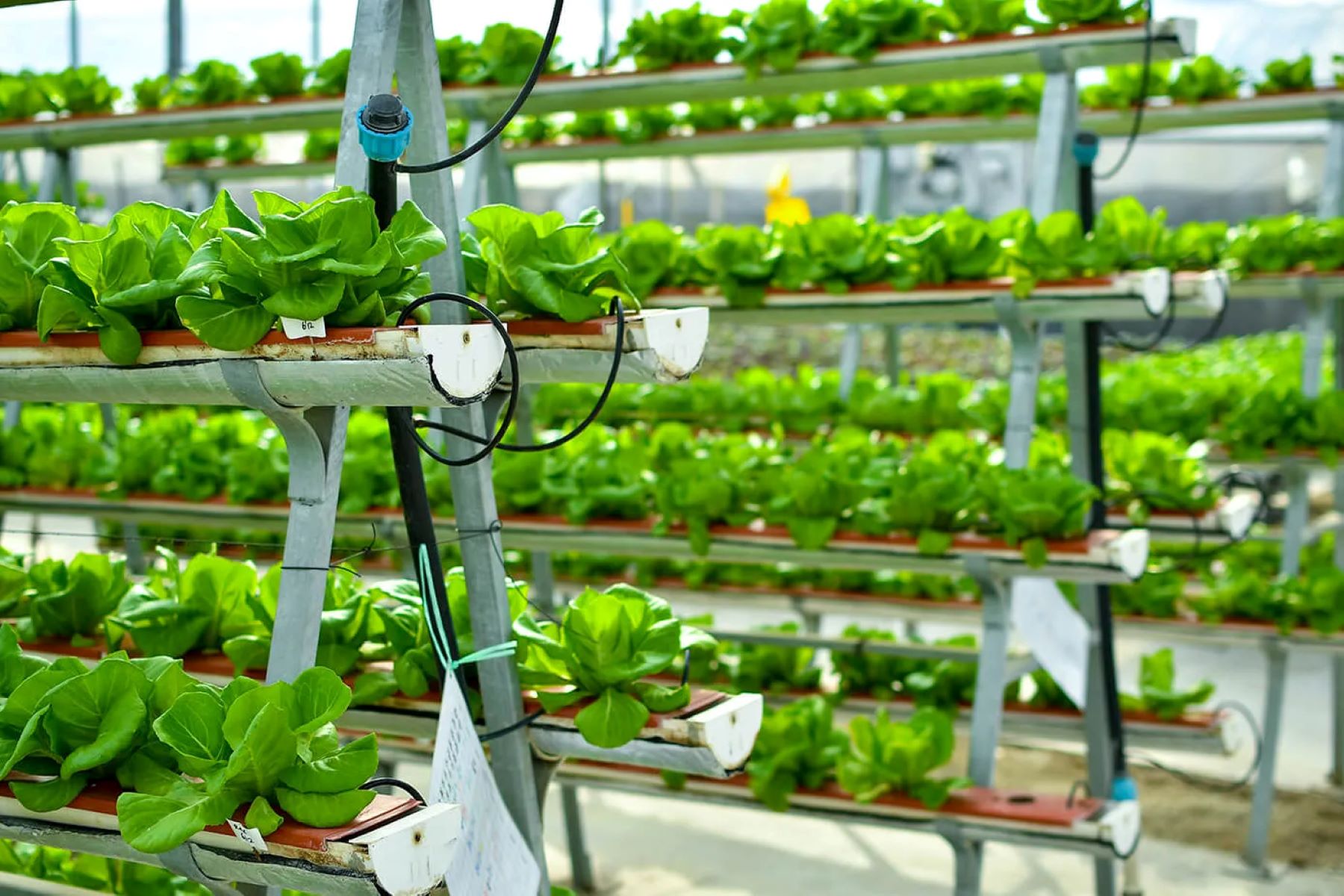
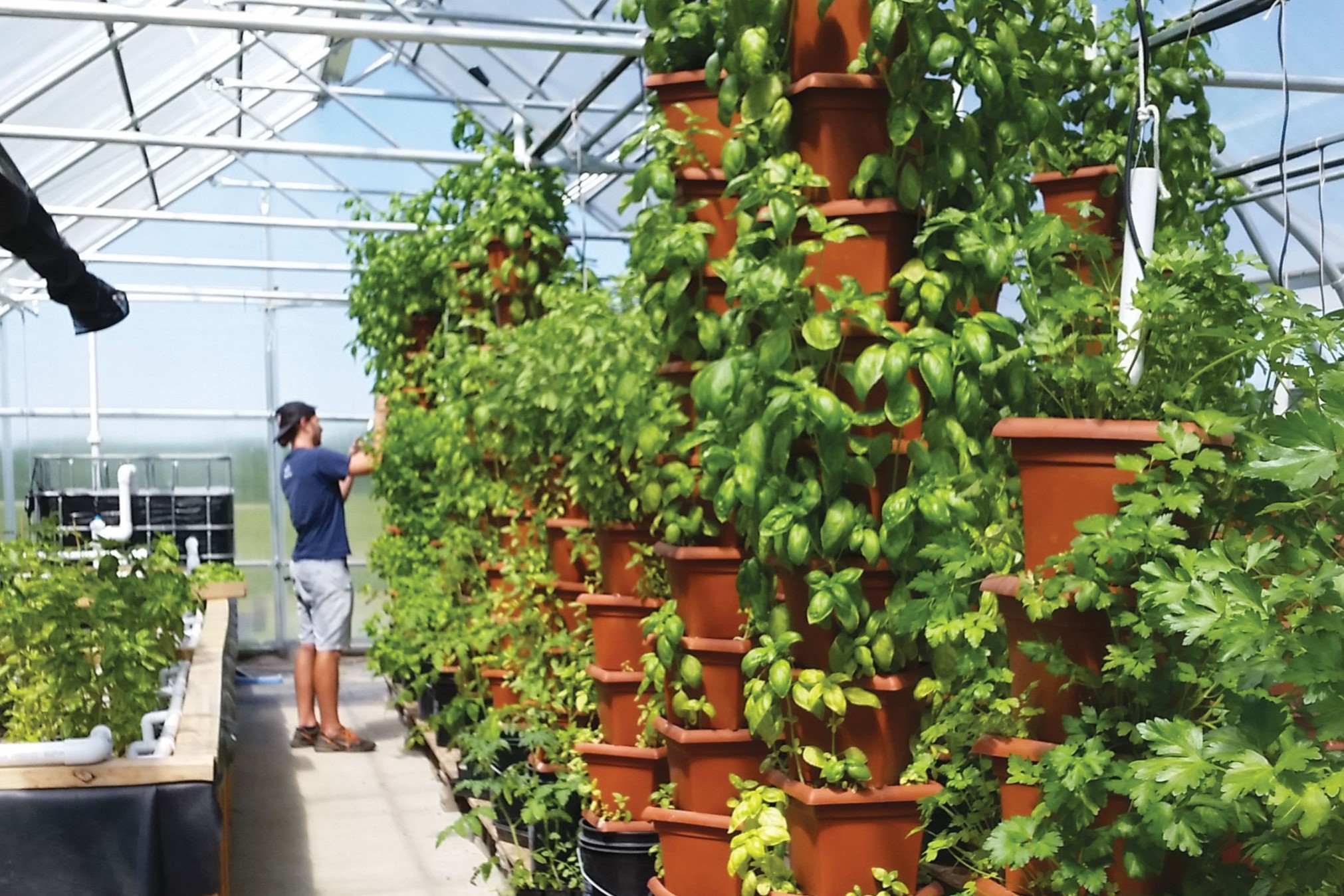
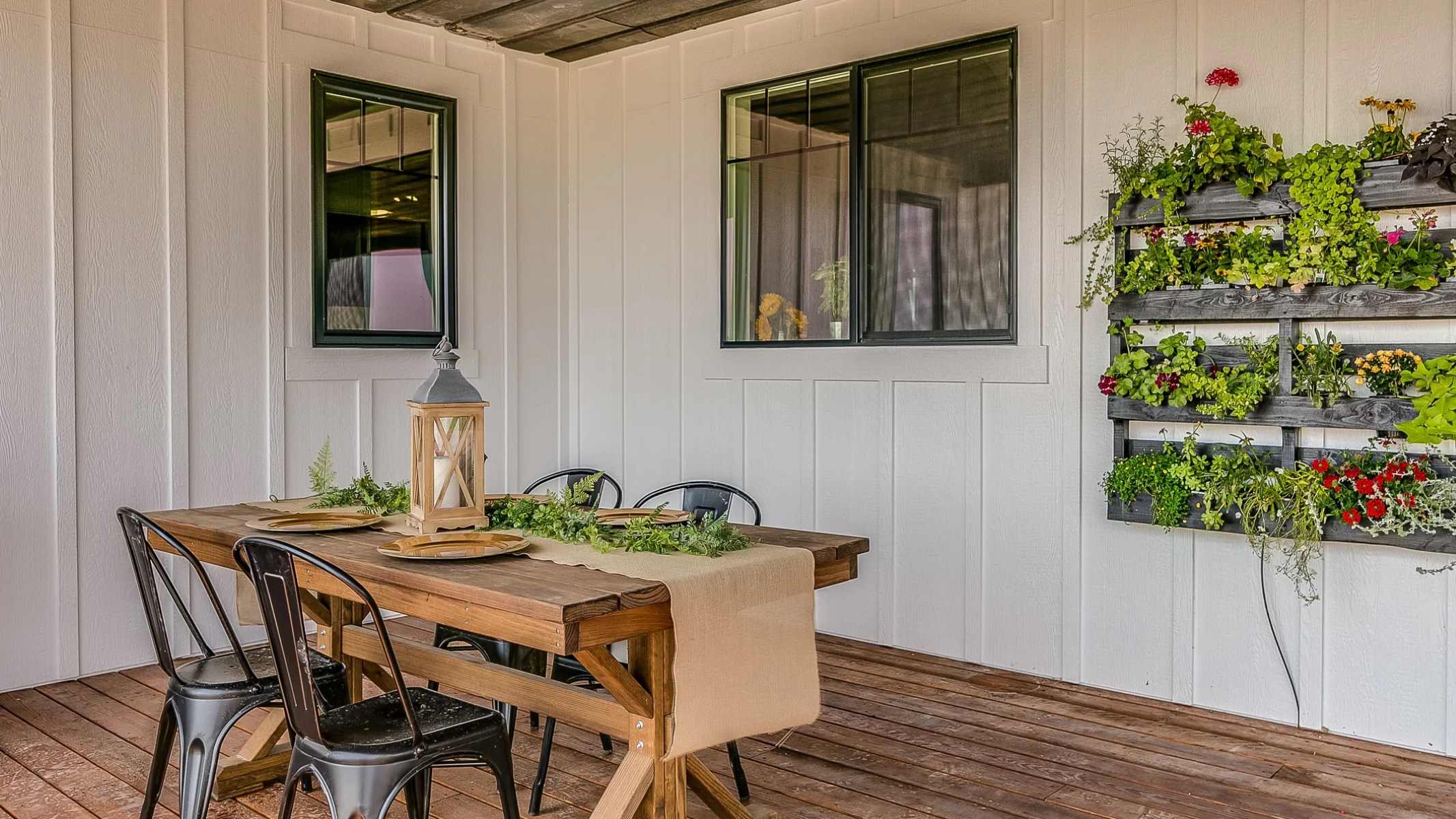
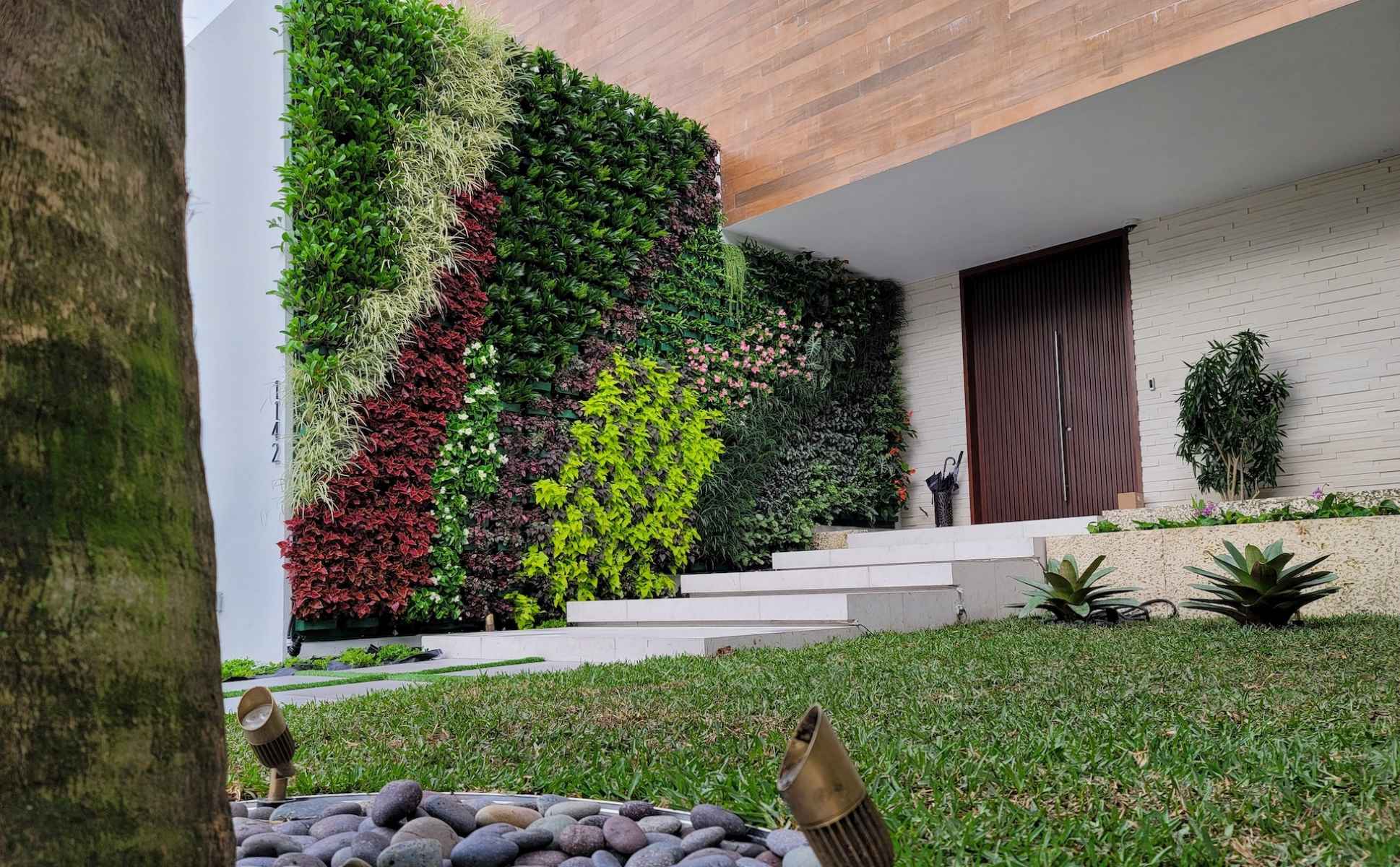
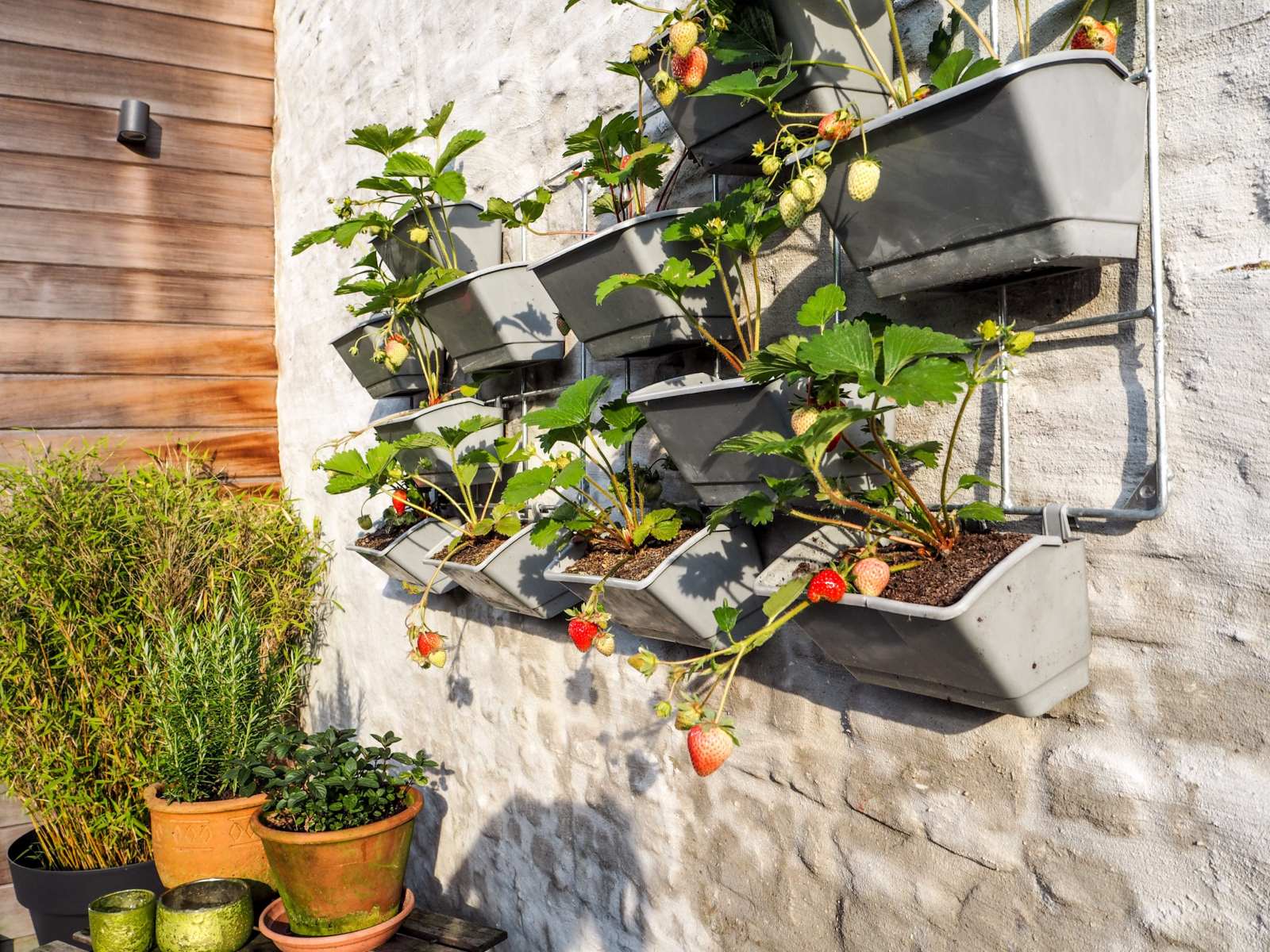
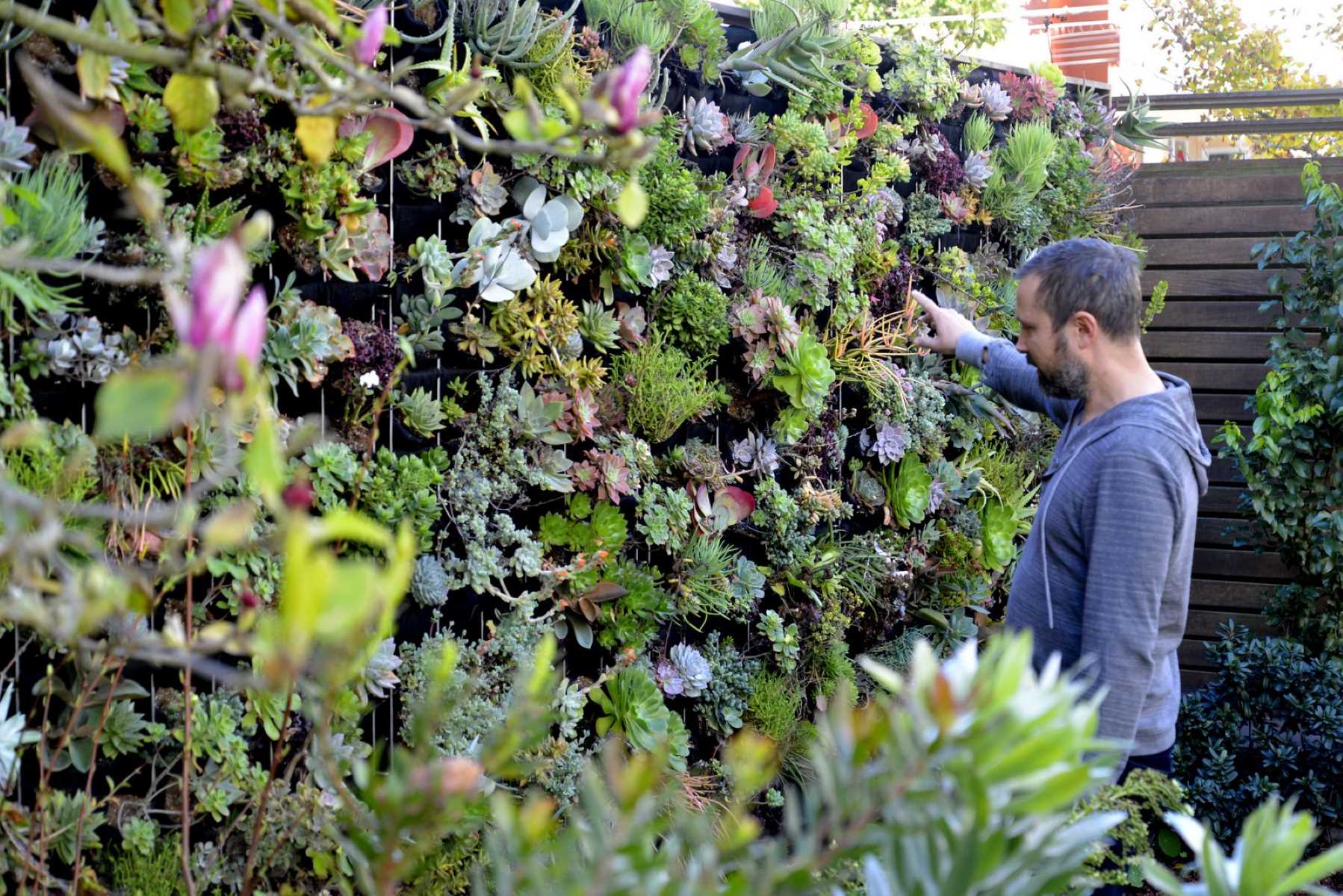
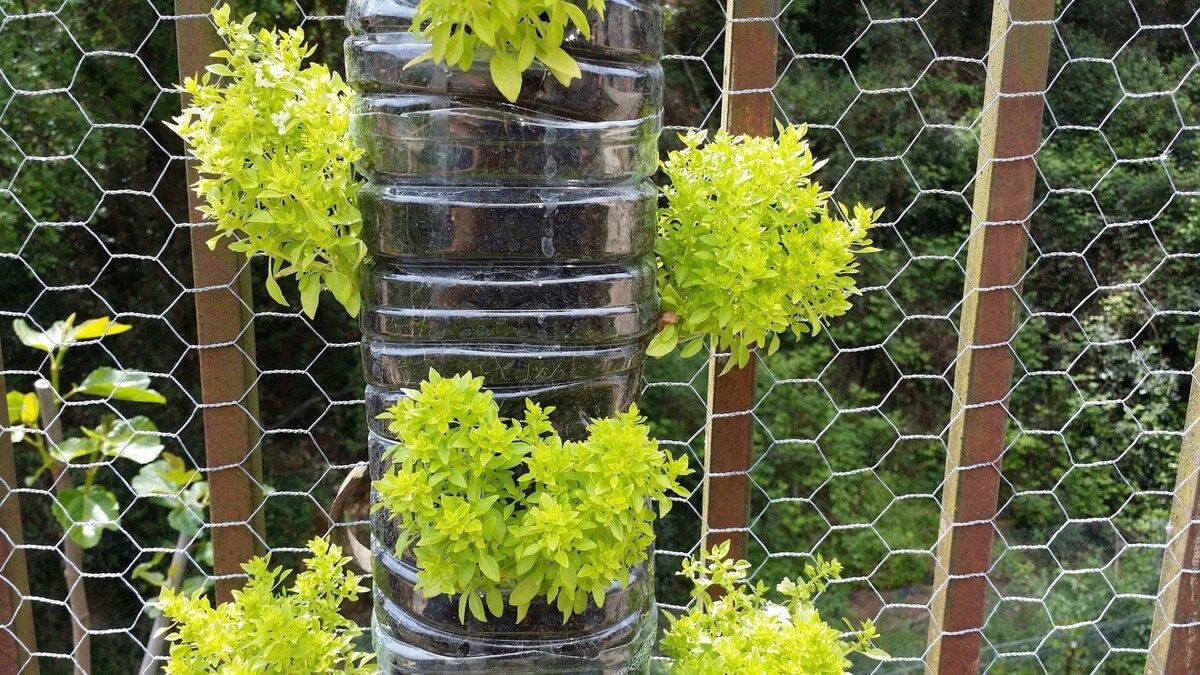
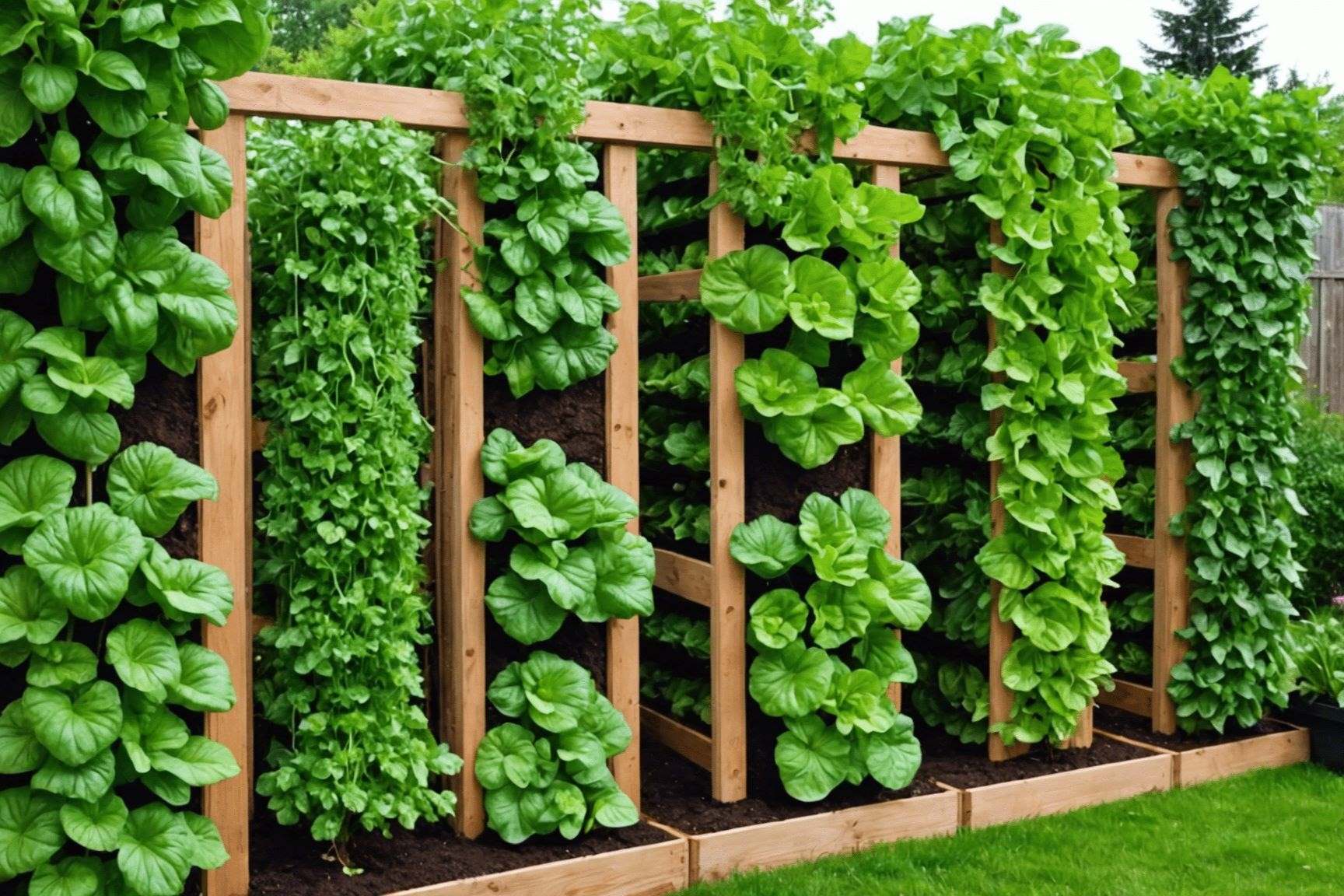
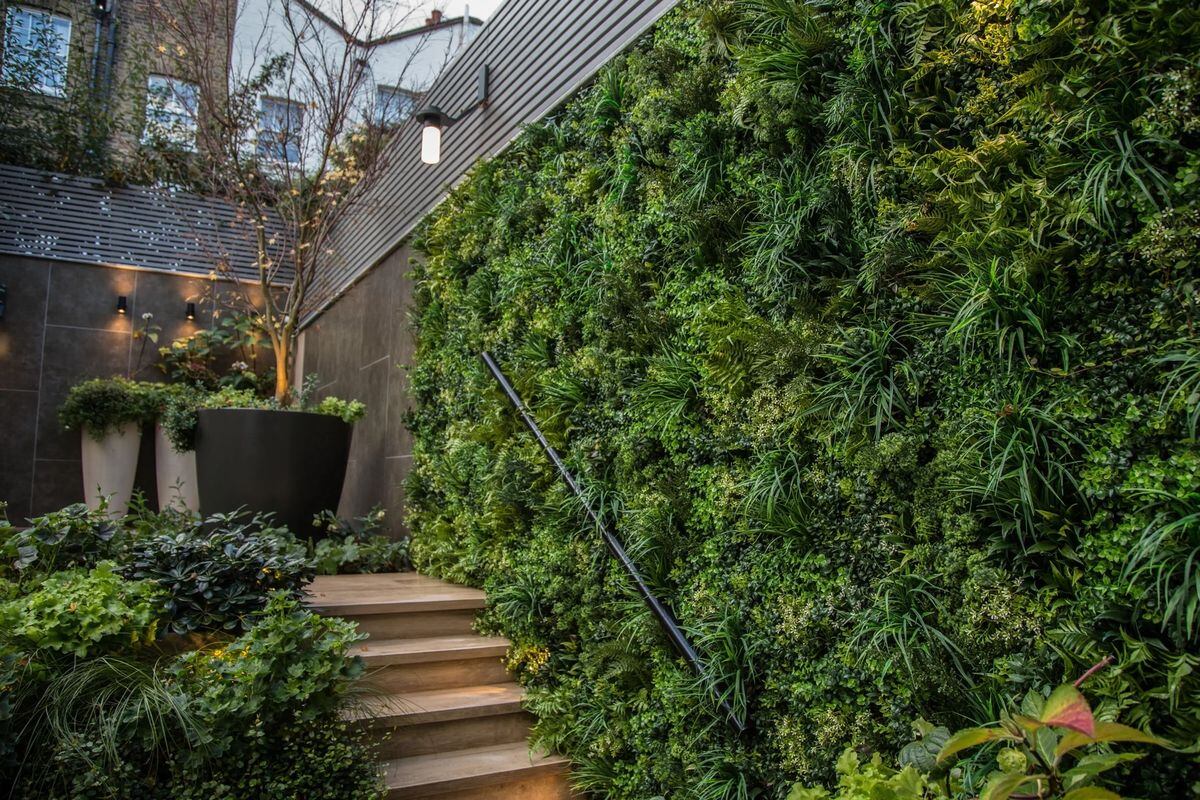

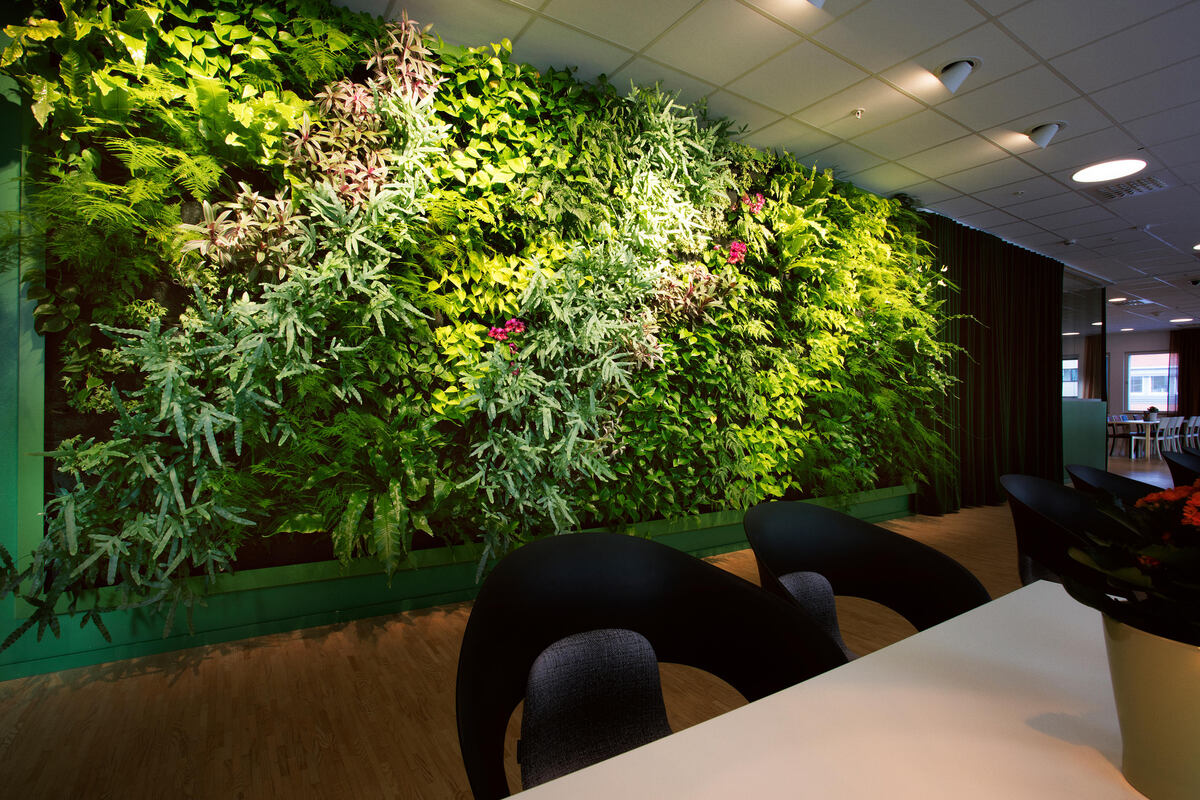

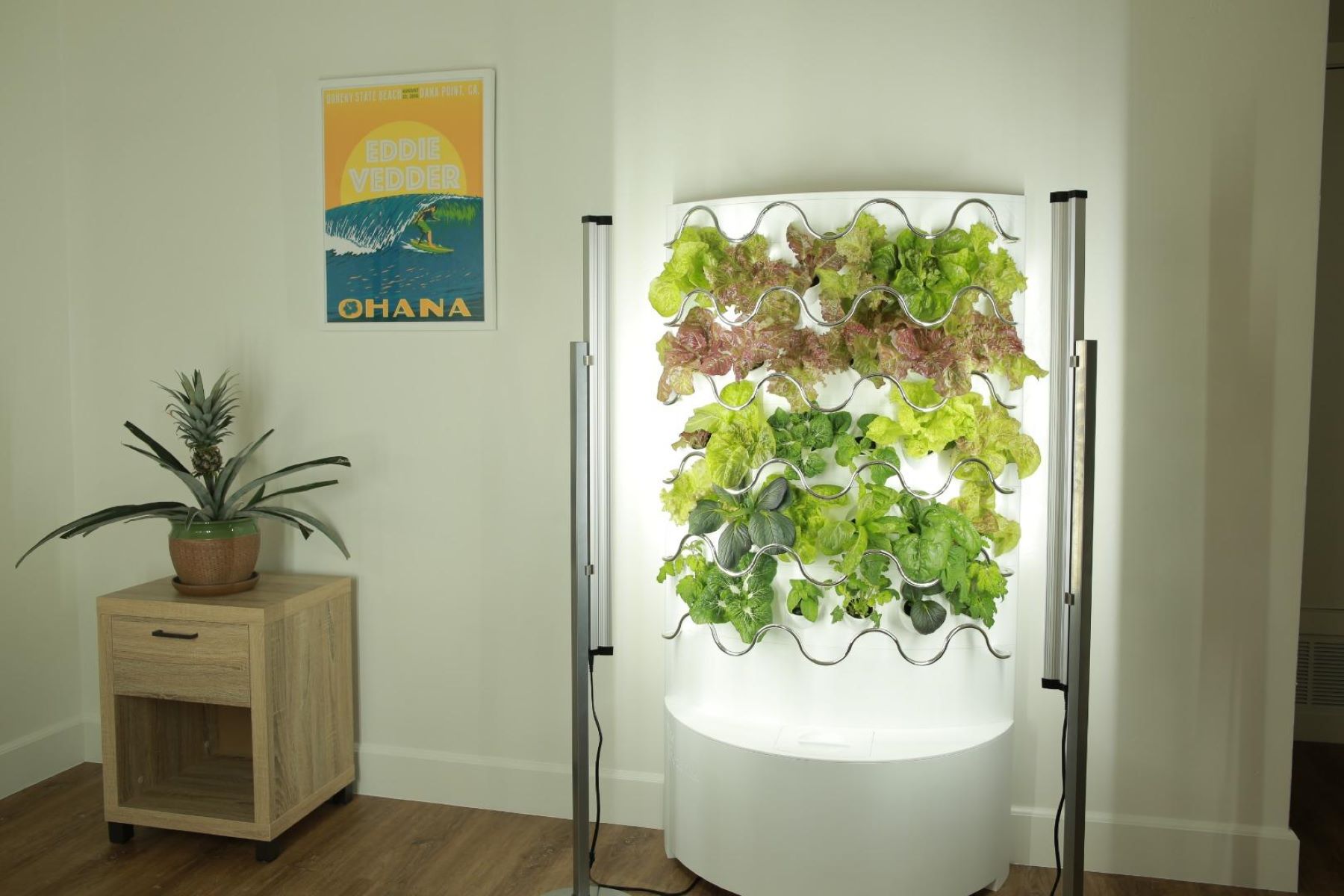


0 thoughts on “What Is A Vertical Garden”